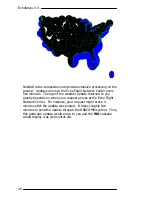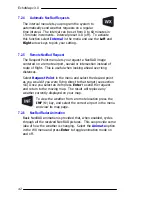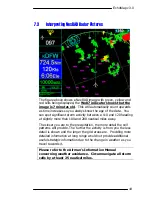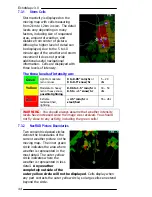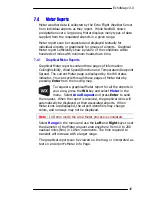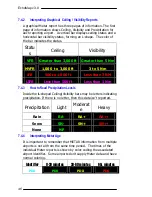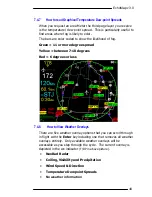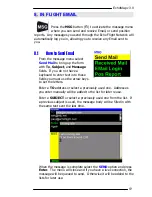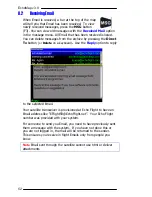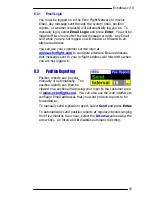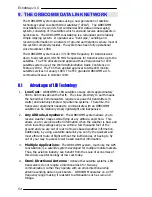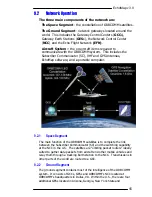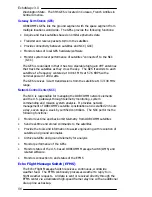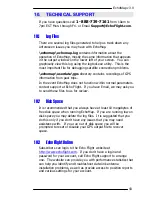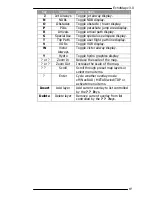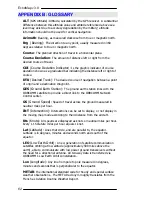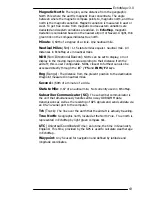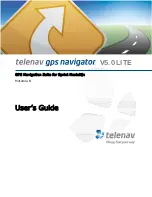
EchoMap v3.0
54
9
9
.
.
T
T
H
H
E
E
O
O
R
R
B
B
C
C
O
O
M
M
M
M
D
D
A
A
T
T
A
A
L
L
I
I
N
N
K
K
N
N
E
E
T
T
W
W
O
O
R
R
K
K
The ORBCOMM system operates using a new generation of satellite
technology called Low-Earth Orbit satellites ("LEOs"). The ORBCOMM
constellation is the world's first commercial LEO data and messaging
system, consisting of 35 satellites which send and receive data packets in
quick bursts. The ORBCOMM constellation is a redundant and relatively
simple relaying system. It operates as a “bent pipe,” sending and
receiving information to a network of ground earth stations where most of
the system complexity resides. The system has been fully operational
since November 1998.
The ORBCOMM system uses 137-138 MHz frequency for transmissions
down to aircraft and 148-150 MHz frequencies for transmissions up to the
satellites. The FCC allocated and approved these frequencies for LEO
satellite system use at the World Administrative Radio Conference in
February 1992. The FCC then applied approval to Little LEO mobile
satellite services in January 1993. The FCC granted ORBCOMM a U.S.
commercial license in October 1994.
9.1
Advantages of LEO Technology
1.
Low Cost -
ORBCOMM's LEO satellites occupy orbits approximately
500 to 600 miles above the Earth. The close proximity to earth means
the Subscriber Communicators require less powerful transmitters (5
watts) and relatively simple whip antenna systems. Therefore, the
transceiver equipment needed to communicate with an ORBCOMM
satellite can be relatively small, lightweight and inexpensive.
2.
Any Altitude, Anywhere -
The ORBCOMM system allows you to
receive weather images while flying at any altitude, anywhere. This
allows you to receive weather information when the weather is bad, and
when lowering ceilings keep you within a few thousand feet of the
ground and you are out of reach of tower-based weather information.
Additionally, by using a satellite data link you can fly the quickest and
most efficient route of flight without the inefficiencies of having to fly
out of your way to access tower based weather information.
3.
Multiple Applications -
The ORBCOMM system, much like the GPS
constellation, is a satellite system developed for multiple mobile markets.
Thus, the aviation industry can benefit from the scale of economies of
this widely used technology at low cost today.
4.
Omni-Directional Antenna -
Unlike other satellite systems, LEO
transceivers do not require a directional dish for two-way
communication; rather they operate with an omni-directional whip
antenna sending data in quick bursts. ORBCOMM operates on a VHF
frequency range making it resistant to attenuation such as rain and
foliage.
Summary of Contents for EchoMap 3.0
Page 27: ...EchoMap v3 0 27...

